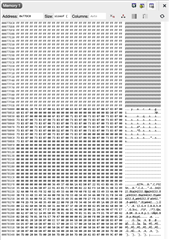I am running custom firmware on a custom board using an nRF52832 chip. I have encountered an issue after migrating my project from SDK 14.2 to SDK 15.3. The issue is that my application is not starting and it occurs on two different occasions:
- After successfully performing an OTA DFU using a secure ble bootloader, my application doesn't run. The DFU is performed successfully but after nrf_bootloader_app_start() is called, is does not load my application.
- If my application is loaded and running on my device and the device is removed from power and then plugged back in, the application does not startup.
With that being said, if I merge the .hex files of the BL, BL settings, SD, and APP and flash them onto my device using nrfjprog, my application is loaded and runs properly. If I then remove my device from power and plug it back in, the application no longer starts. Loading the same bootloader and softdevice and then performing a DFU with my application does not successfully start my application either.
I tried both above scenarios with an example app from the SDK (blinky) which I modified to run on my custom board, and everything worked correctly. I was able to perform a DFU and have the application start, and if I power cycled the device, the app restarted.
This functionality used to work fine with my app when it was using SDK 14.2, it has only broken since migrating to SDK 15.3. Is there something that has changed that I need to be aware of?
Any help with the issue would be greatly appreciated.



